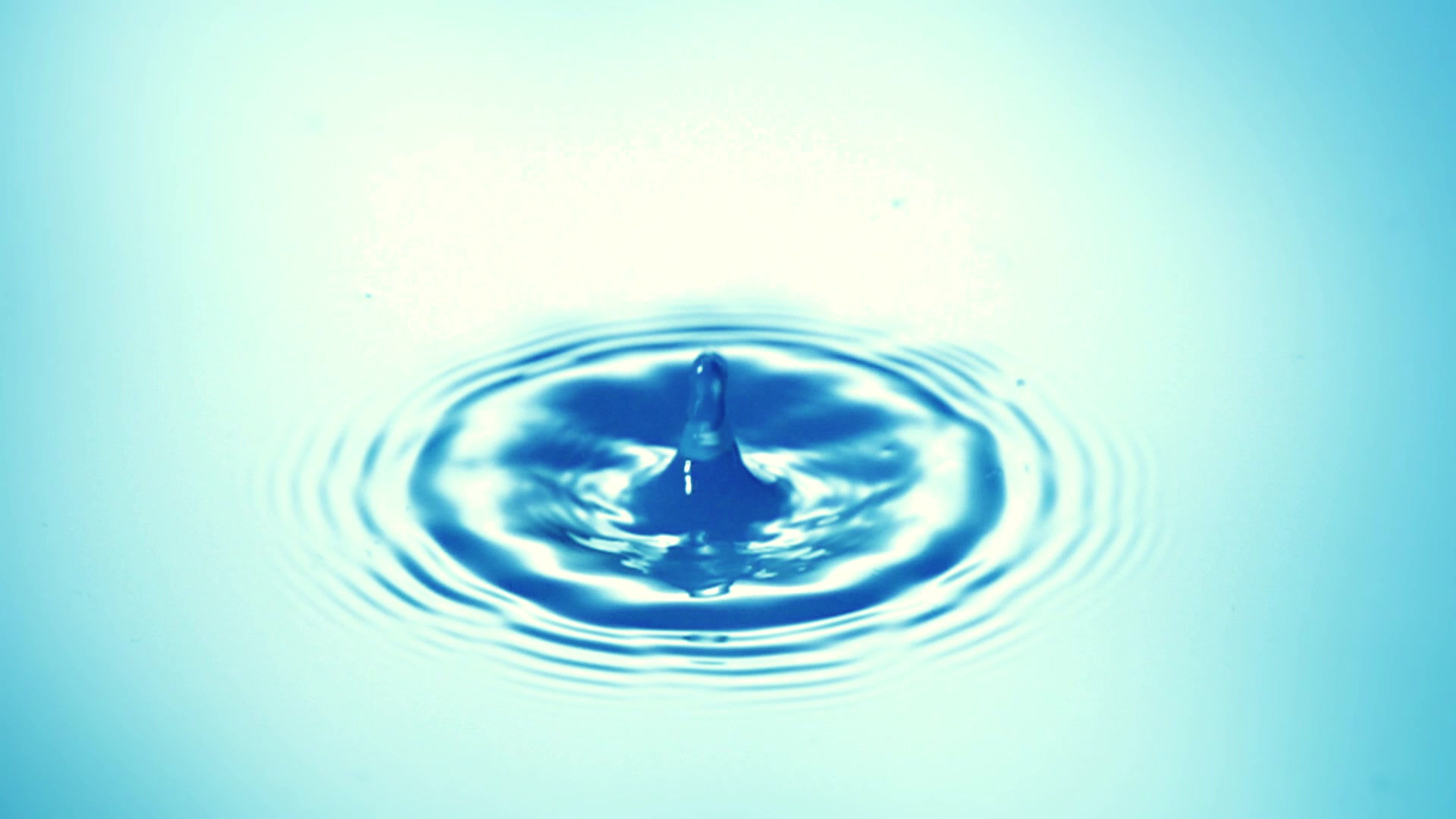

The Aral Sea
The "Sea of Islands", referring to over about 1,000 islands that were once part of the world's fourth largest body of inland water, of which has been decreasing in water level since the 1960s
Its Basin includes parts of:
-
Turkmenistan
-
Kyrgyzstan
-
Tajikistan
-
Karakalpak Republic
-
Afganistan
Although most of it is in:
-
Khazakstan
-
Uzbekistan
Two Tributaries on the right:
-
The Surkhandarya River
-
The Sherabad River
Two Tributaries on the Left:
-
The Kunduz River
-
The Kokcha River
Both flow into the Amu Darya, altough all four are too small to be seen on a map.
The Aral Sea has 2 Inflow sources:
-
Amu Darya River
-
Syr Darya

Khazakstan
-
Population: 17.8 million (2016)
-
Climate: Kazakstan has a relatively dry climate with very hot summers and very cold winters. An Average temperature between -4 °C and -19 °C in January and between +19…+26°C in July. In winter temperature may decrease down to -45°C, and in summer rise up to +30.
-
Water Sources: Kazakhstan has many rivers. Approximately 8,500 small and large rivers with the Ural, Emba, Syr Darya, Irtysh, Ischim and Tobol as the largest. 48,000 lakes complete this water paradise as well.
-
Resources: Not only does Kazakhstan has lots of water it also has a significant reserves of bauxite, copper, gold, iron ore, coal, natural gas and petroleum. According to data reported from Kazakhstan, the country is one of the 10 leading countries in the world for a significant number of mineral resources.










Uzbekistan
-
Population: 31.85 million (2016)
-
Climate: Similar to Kazakhstan's climate, it is very continental, with hot summers and cool winters. Summer temperatures often surpass 40 °C (104 °F); winter temperatures average about −2 °C (28 °F).
-
Water Sources: Most of Uzbekistan lies between the two largest rivers in Central Asia, the Amu Darya and Syr Darya. Meaning the country uses and relies on both loads. At a certain time, the country had many more water sources, yet most of them are drying because of the ecological disaster the Soviet Union had caused by altering and diverting rivers for irrigation.
-
Resources: Uzbekistan's mineral resources include petroleum, natural gas, gold, silver, uranium, molybdenum, tungsten, coal, copper, zinc and lead. Uranium, copper and gold are the country's chief minerals. The country has mineral reserves amounting to more than 1800 in number, and use them for different things, yet not lots of water.












